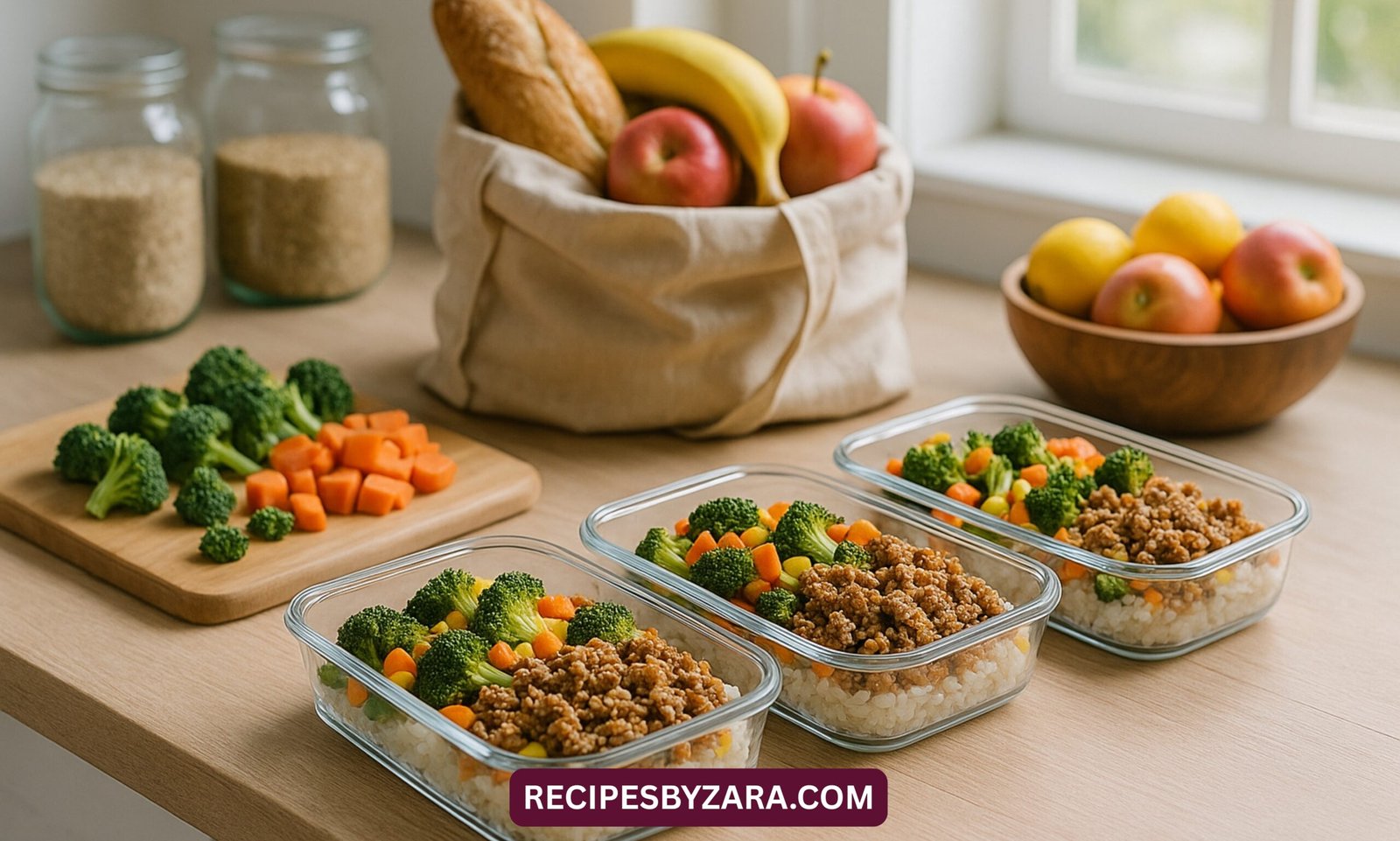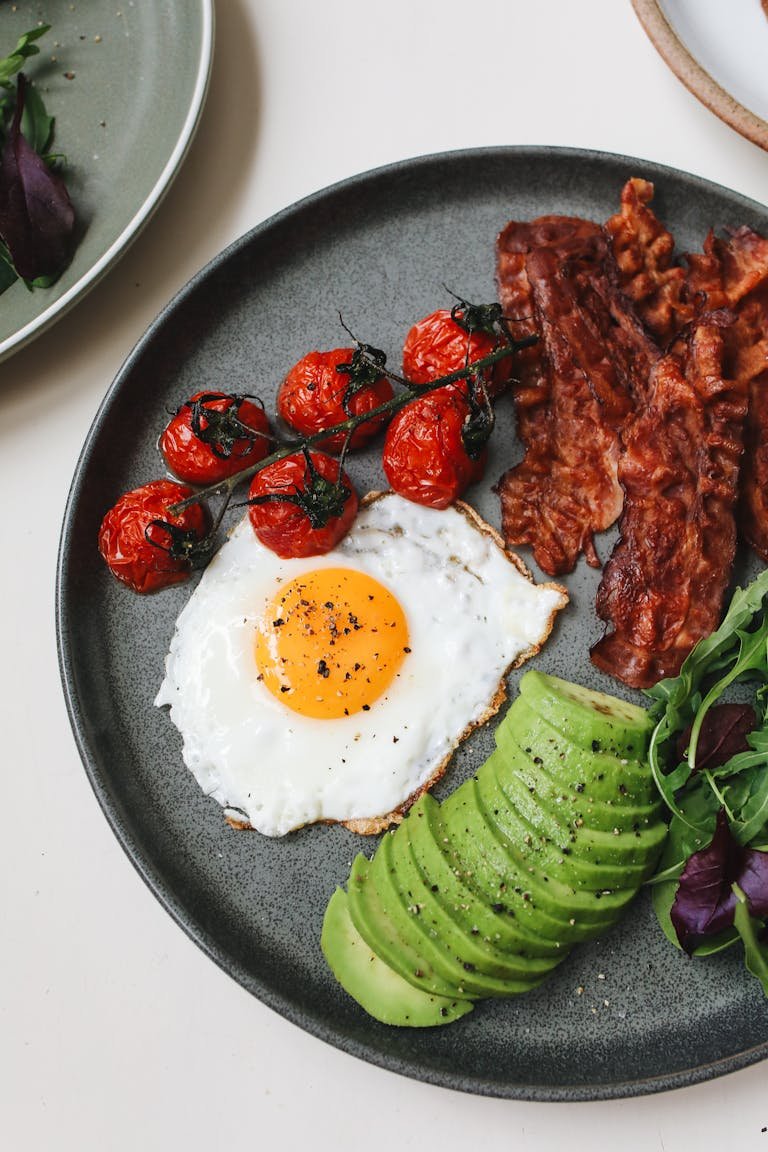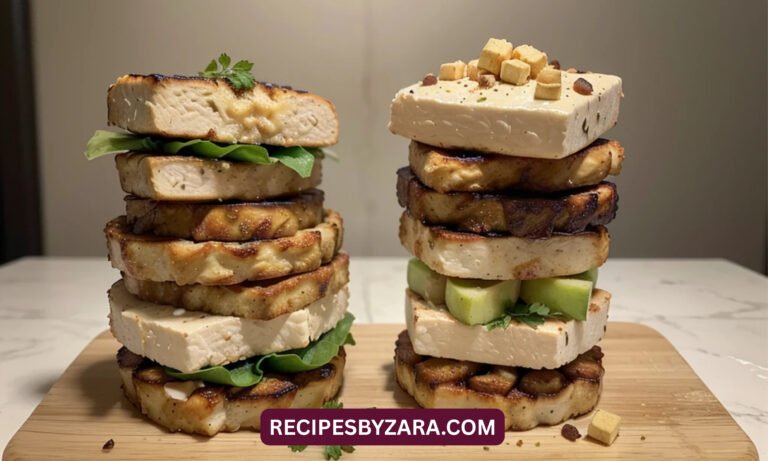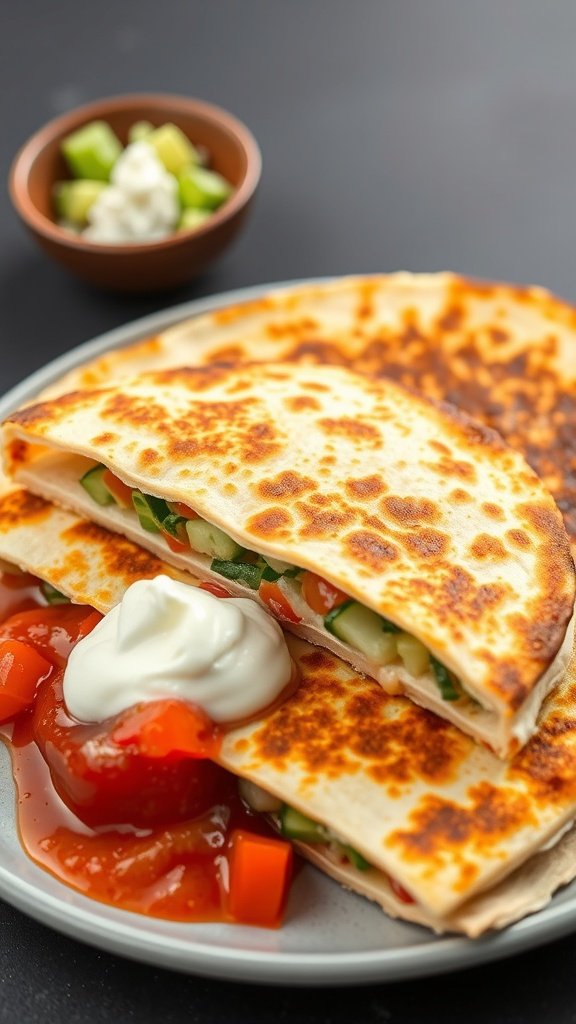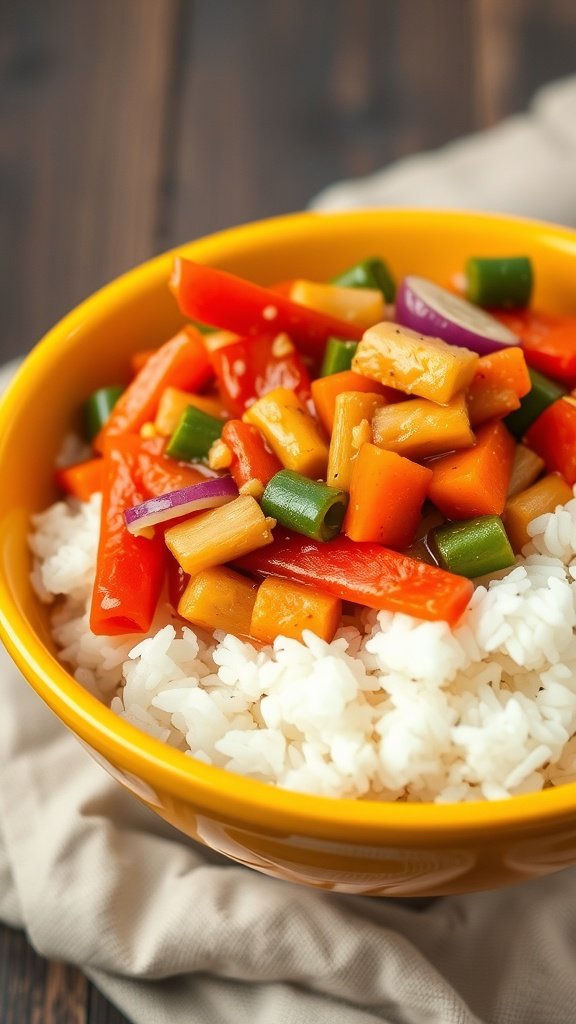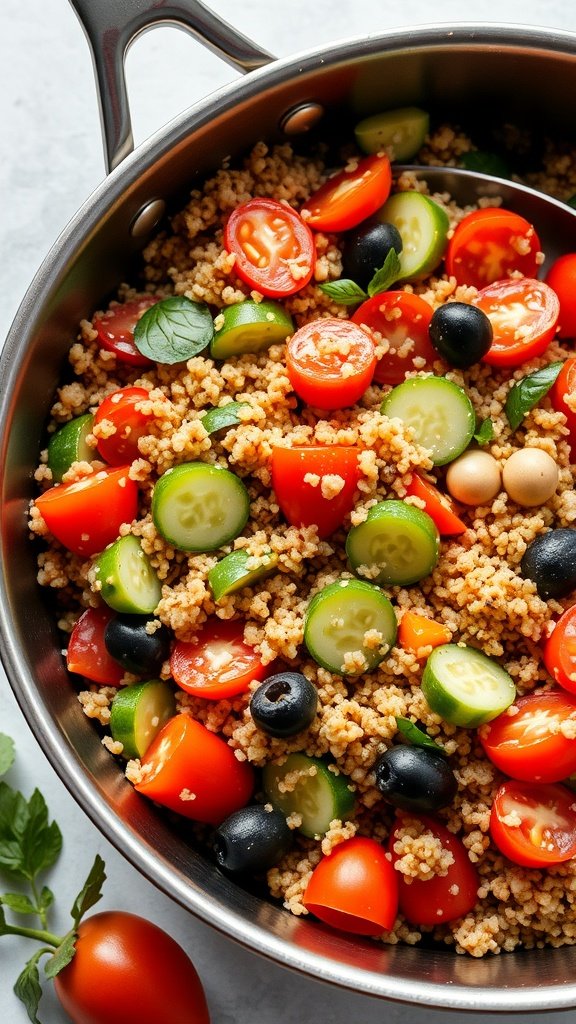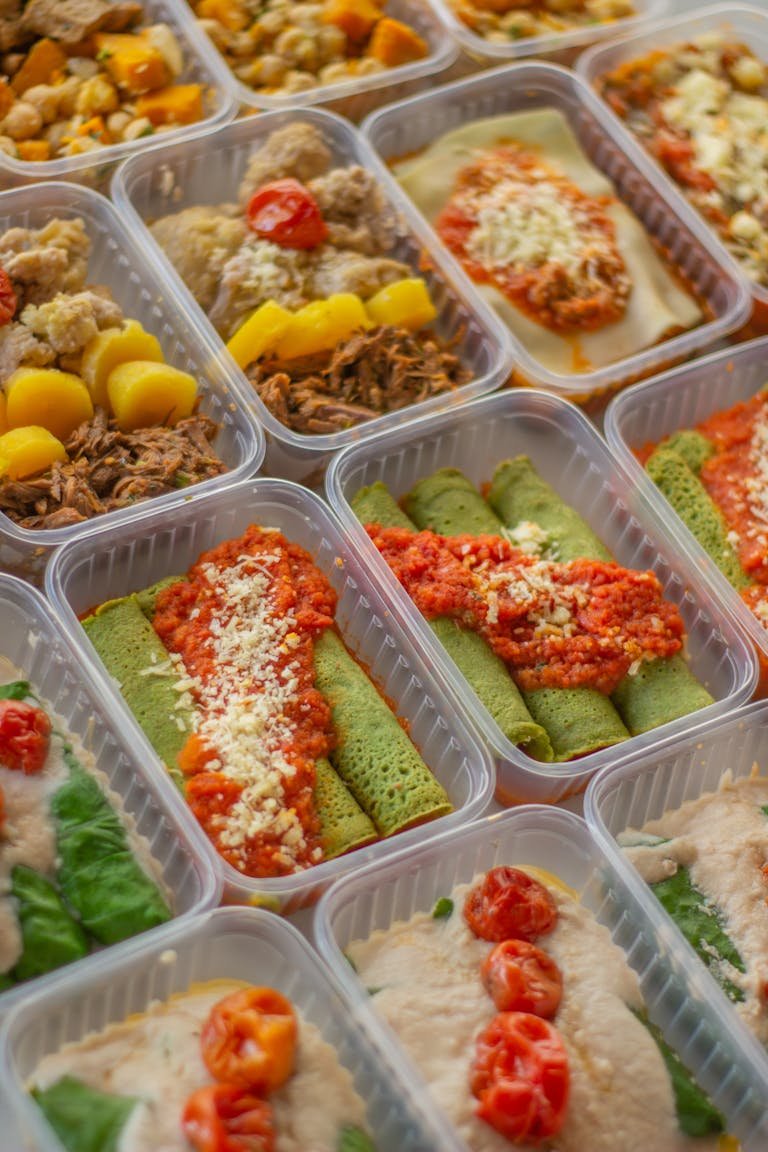Grocery Budget Meal Prep Eat Well & Save Big Every Week
How to master grocery budget meal prep with easy recipes, smart planning, and practical tips to cut food costs without sacrificing nutrition.
Meal prepping is no longer just a health trend; it has become a necessity for people looking to manage both their time and finances effectively. With rising food prices and busy schedules, many families are turning to grocery budget meal prep as a practical solution. It allows for better control over ingredients, reduces food waste, and supports healthier eating habits without blowing your grocery budget.
Grocery budget meal prep means planning and preparing meals in advance using affordable ingredients and smart shopping strategies. Whether you’re a student, parent, or professional, adopting this routine can save you hundreds of dollars annually. The process involves thoughtful grocery shopping, meal planning, and cooking techniques that align with your budget and nutritional needs.
One of the best things about grocery budget meal prep is its flexibility. You don’t need fancy equipment or expensive ingredients, just a plan, a budget, and some basic cooking tools. With the right approach, anyone can make tasty and healthy meals for the entire week without spending hours in the kitchen or overspending at the store.
1. What Is Grocery Budget Meal Prep and Why It Matters
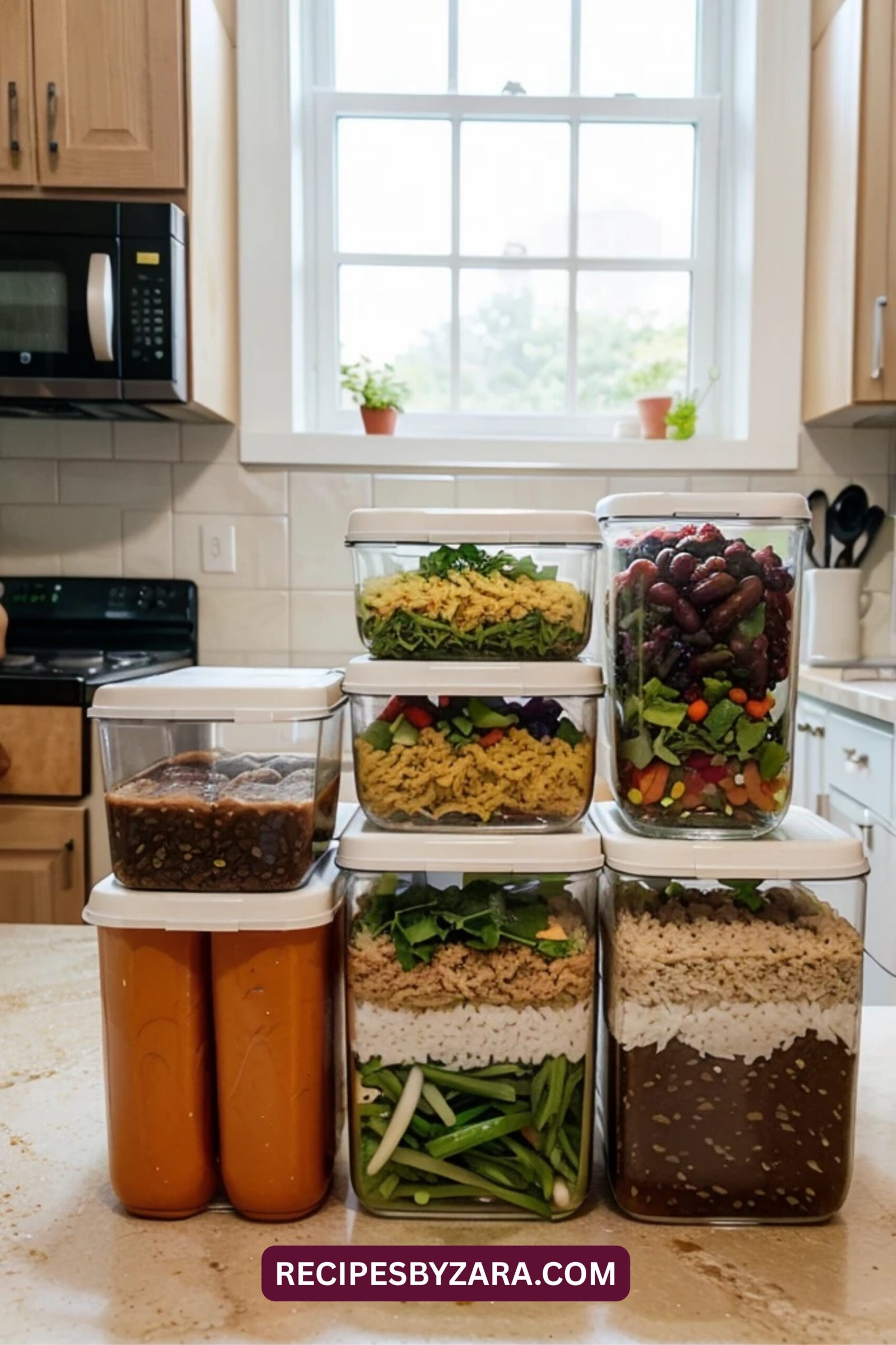
Grocery budget meal prep is a system of planning, shopping, and preparing meals ahead of time while sticking to a specific budget. It’s designed to reduce last-minute takeout expenses and impulsive grocery shopping. Instead of randomly throwing items into your cart, you follow a list and recipe plan that ensures every dollar is spent wisely.
This approach helps you stay in control of your weekly food budget meal prep, especially when you’re dealing with tight finances. By using ingredients across multiple recipes and avoiding unnecessary purchases, you make the most of every grocery haul for meal prep. The result is a kitchen stocked with meals ready to eat, reducing your reliance on unhealthy or costly food options.
Another key reason grocery budget meal prep matters is the time it saves during busy weekdays. Prepping meals in advance means fewer hours cooking after work or school, and less stress over what to eat. It also supports healthier habits because you’re more likely to stick to nutritious choices when meals are already prepared.
Lastly, this method promotes sustainability. When you plan meals around pantry staples and perishables, you reduce waste significantly. That’s a win not just for your wallet but also for the environment.
2. How to Set a Weekly Grocery Budget for Meal Prep
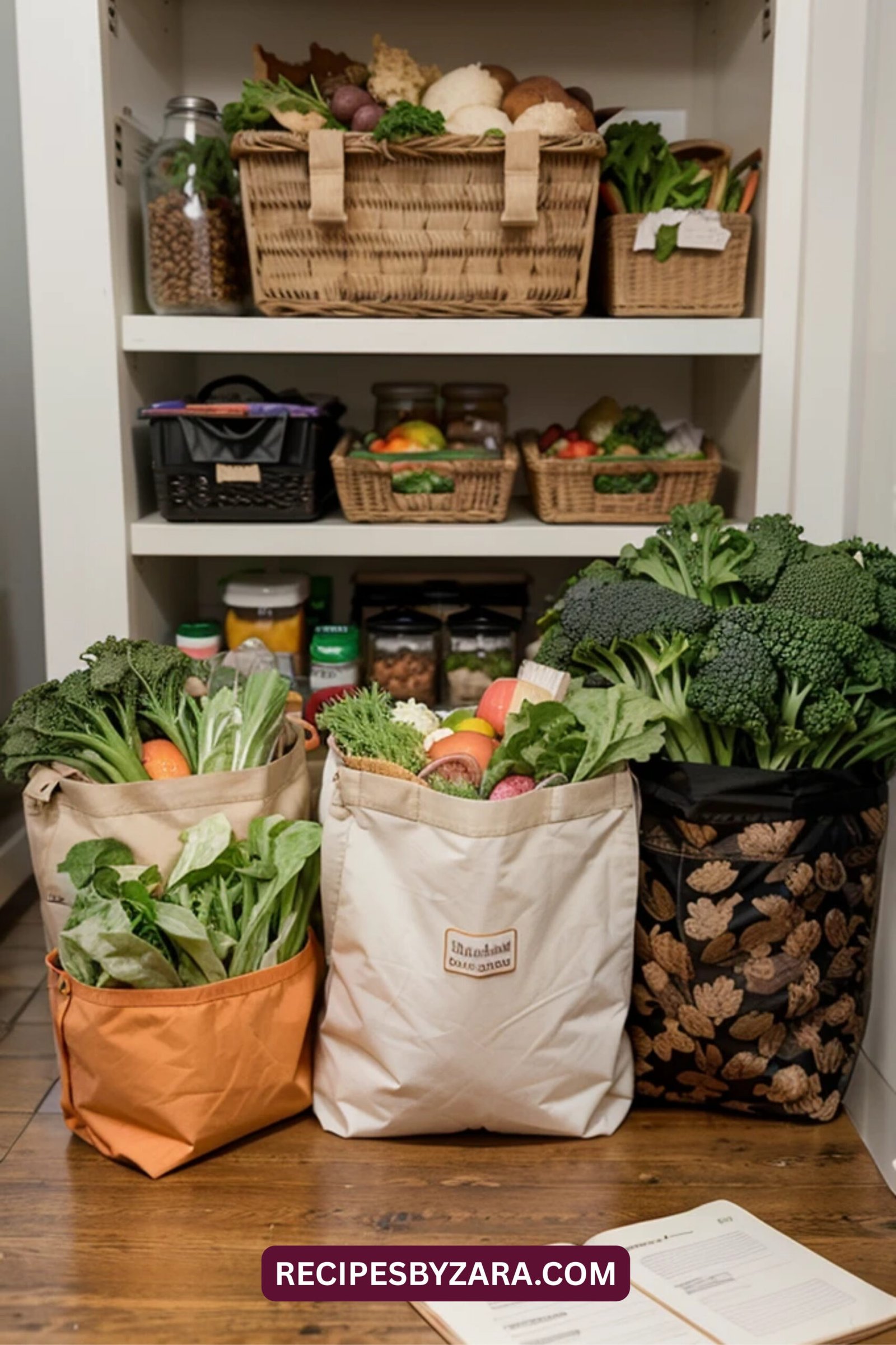
The first step to mastering grocery budget meal prep is setting a realistic budget. Begin by evaluating your current grocery spending over the past month. Then, set a weekly spending limit that matches your income, household size, and food preferences. For many people, a good starting point is $30 to $60 per person per week.
Once you know your limit, divide your weekly grocery planner into categories like produce, protein, grains, and snacks. Allocate a percentage of your budget to each group. For example, you might assign 30% to proteins and 40% to vegetables. This breakdown ensures you’re spending wisely across the board.
Consider using grocery budgeting tools such as apps or spreadsheets to track your spending and adjust as needed. These tools are especially helpful when planning a low budget food prep routine. Keeping tabs on each expense helps you stay on target and avoid overspending on convenience items or processed snacks.
Remember that prices vary by region, so adjust your budget accordingly. If you’re in a high-cost area, focus on local deals and discount chains like Aldi or Walmart, which are perfect for budget-friendly grocery shopping.
3. Pantry Staples to Always Have for Budget Meal Prep
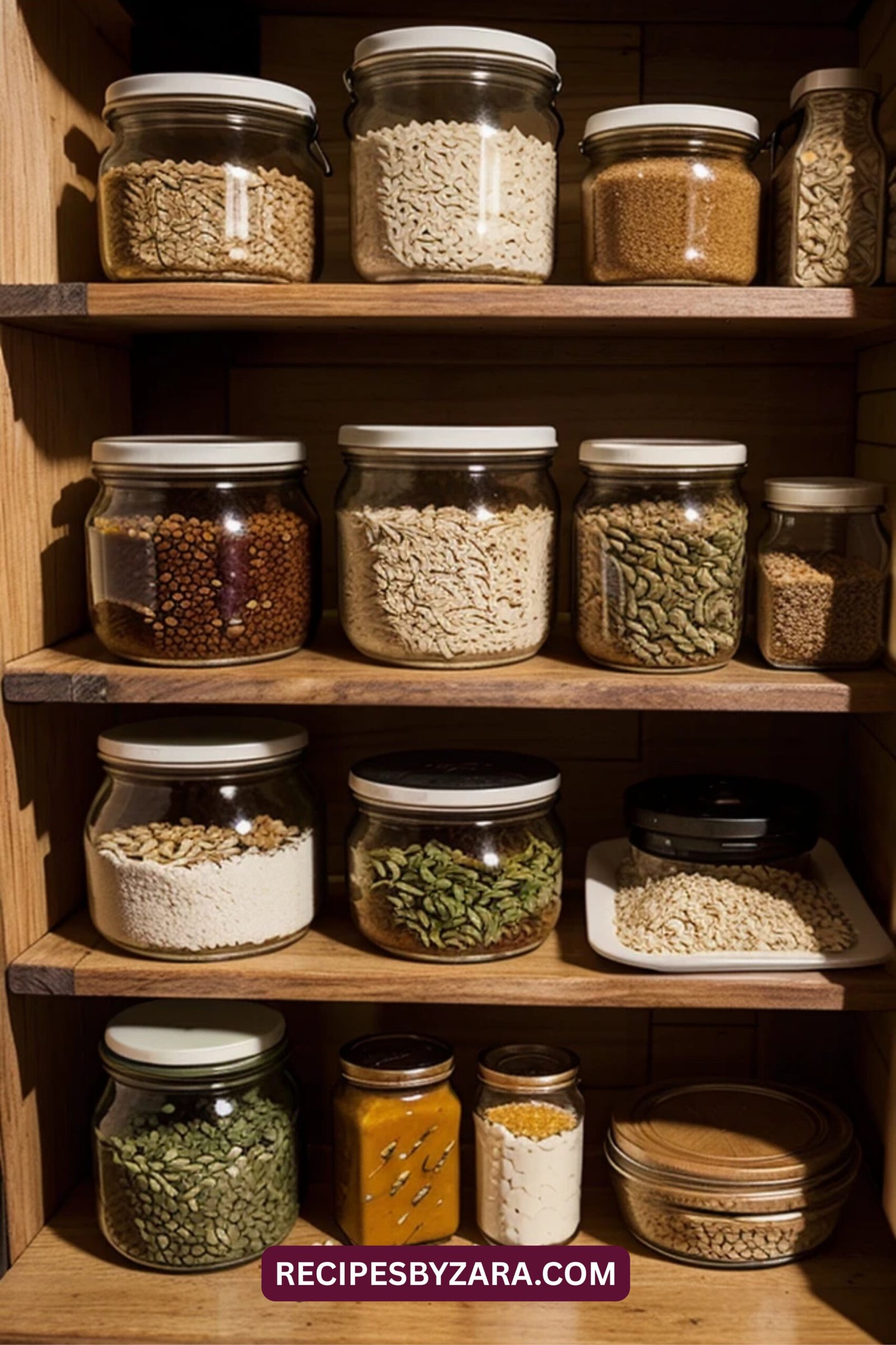
Pantry staples are the backbone of grocery budget meal prep because they offer versatility, long shelf life, and affordability. Items like rice, pasta, oats, canned beans, and lentils can be used in multiple recipes and stretch meals across the week. These ingredients support both cheap clean eating ideas and hearty comfort food dishes.
Canned tomatoes, broths, and spices such as cumin, garlic powder, and paprika add depth to meals without breaking the bank. These staples are ideal for creating soups, stews, and one-pot meals, the core of many budget meal prep recipes. They also help in meal prep on a tight budget since you can buy them in bulk and store them for months.
Oils like olive or vegetable oil, flour, baking powder, and shelf-stable nut butters are essential too. These help round out meals and snacks without requiring frequent trips to the store. When you build meals around these items, you can drastically cut your weekly grocery costs.
Having these staples always on hand ensures you can quickly whip up meals even when your fresh supply runs low, helping you avoid unplanned spending and supporting consistent economical meal prepping.
4. Best Low-Cost Proteins for Meal Planning
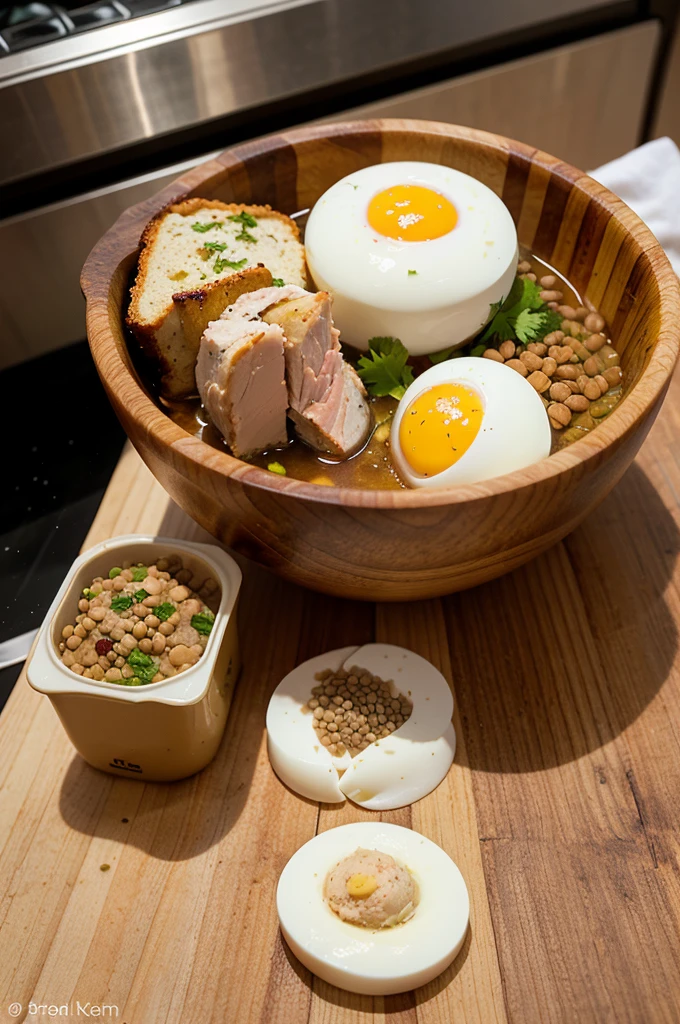
Protein can be the most expensive category in your grocery haul for meal prep, but it doesn’t have to be. Focus on low cost meal planning by choosing affordable and high-protein options like eggs, lentils, canned tuna, and beans. These sources are perfect for dishes like egg muffins, chili, or stir-fries.
Tofu is another great option for low-cost vegetarian meal prep. It’s inexpensive, packed with protein, and highly versatile. When paired with rice and vegetables, tofu can form the foundation of an easy and budget-friendly food idea.
Don’t forget about chicken thighs, ground turkey, and frozen fish fillets. These are cost-effective alternatives to more expensive cuts like chicken breast or steak. Buying in bulk and freezing portions makes freezer meals on a budget much easier.
Use these proteins strategically across meals to keep your food planning for low budget goals intact. Combining them with grains and vegetables not only ensures a balanced diet but also maximizes your grocery budget meal prep efficiency.
5. Easy Grocery List Template for Budget Meal Preppers
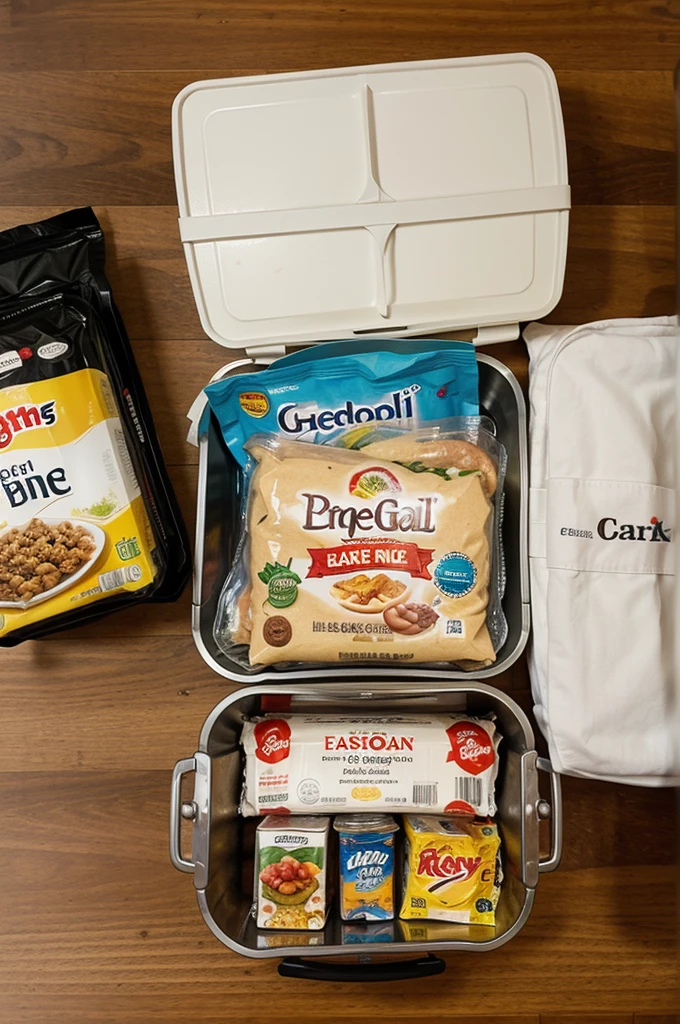
A solid grocery list keeps your spending on track and helps eliminate waste. Start with a categorized template that separates your list into produce, proteins, grains, dairy, and extras. This ensures your cheap meal prep for beginners doesn’t turn into a chaotic or expensive shopping spree.
Include staples like rice, beans, canned goods, and frozen vegetables. Add proteins based on your budget, like eggs, tofu, and store brand vs name brand groceries, where the cheaper option often works just as well. Don’t forget herbs, spices, and snacks to round out the list.
Make your grocery list reflect your weekly meal plan so you buy only what’s necessary. This helps reduce unnecessary spending and supports batch cooking on a budget, a method where one ingredient can be used in several dishes throughout the week.
Stick to this format each time you shop. A well-structured grocery list ensures smarter purchases and minimizes forgotten items, helping you maintain consistent low budget food prep habits.
6. Time-Saving Cooking Strategies on a Budget
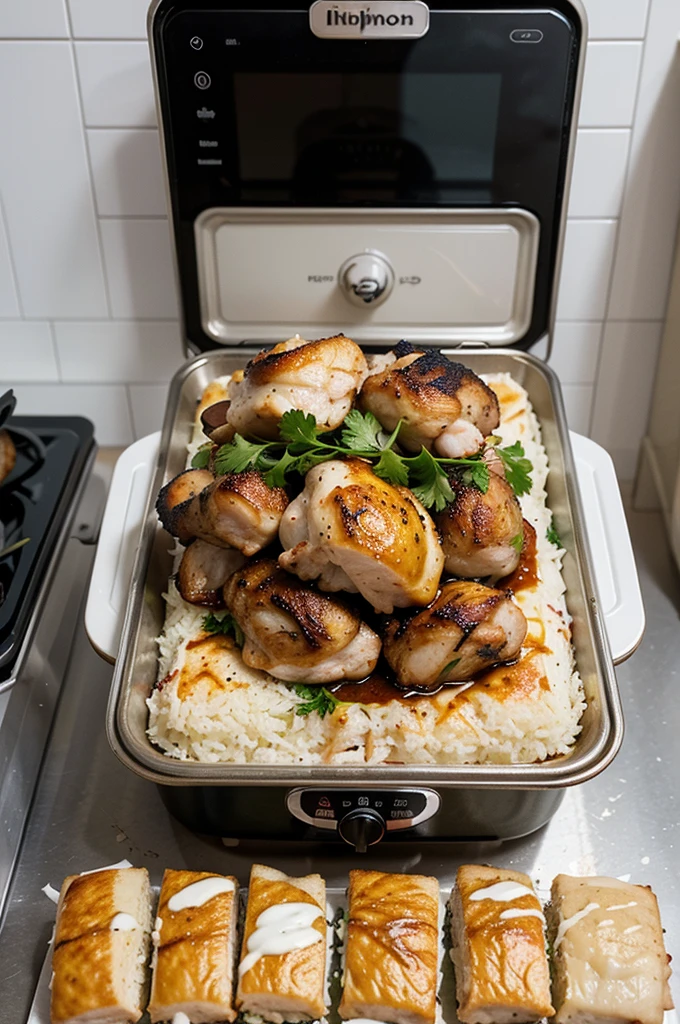
One of the keys to successful grocery budget meal prep is using cooking methods that save time and energy. Batch cooking is a top strategy to prepare large quantities of a few recipes and divide them into portions for the week. This method complements your bulk grocery meal prep ideas and ensures minimal daily cooking.
Sheet pan meals are another fantastic option. Just toss your ingredients with some seasoning and bake everything on a tray. This not only saves time but also reduces cleanup. Perfect for healthy affordable dinner prep, especially when using seasonal produce and budget-friendly proteins.
Use your slow cooker or Instant Pot to prepare stews, soups, or grains in large quantities. These tools are lifesavers for cheap slow cooker meals that require little attention once started. They allow for multitasking while your meals cook in the background.
Lastly, streamline your storage process. Invest in stackable, reusable containers to portion meals ahead of time. This keeps your fridge organized and makes meal prep without wasting food both convenient and effective.
7. 5-Day Grocery Budget Meal Prep Sample Plan
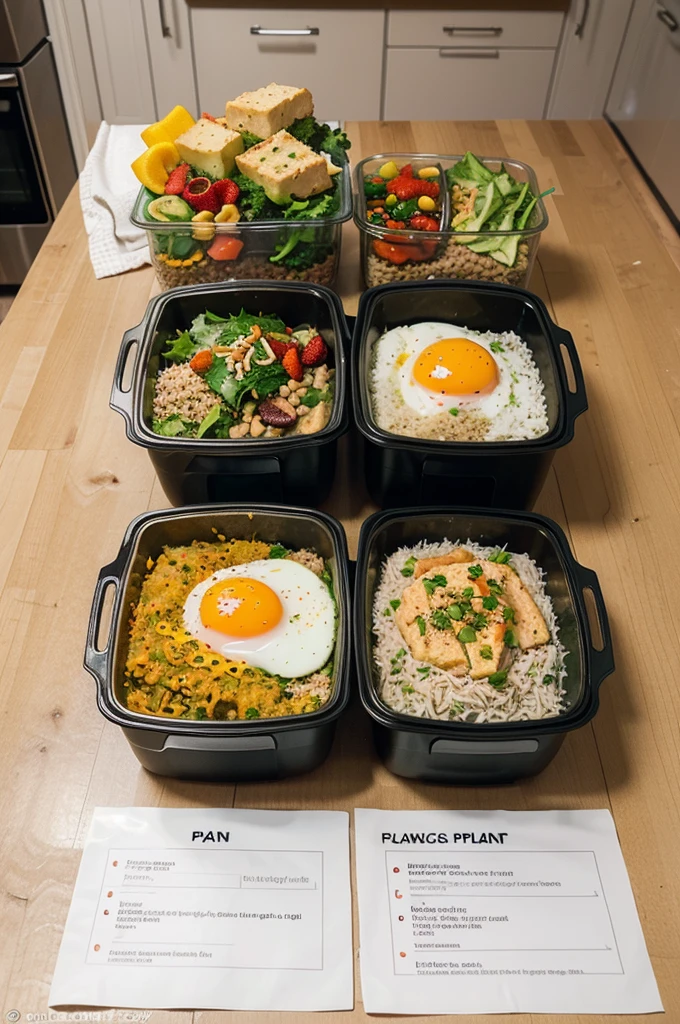
Creating a sample plan helps visualize how grocery budget meal prep works in practice. Below is a basic 5-day plan designed to cost under $50 total:
Breakfast (Daily): Overnight oats with peanut butter and banana
Lunch (M-F): Lentil vegetable soup or rice and beans with salsa
Dinner (M-F):
- Monday: Stir-fried tofu with broccoli and brown rice
- Tuesday: Spaghetti with marinara and canned mushrooms
- Wednesday: Chicken thighs with roasted carrots and potatoes
- Thursday: Egg and veggie scramble with toast
- Friday: Tuna salad wraps with cucumber sticks
Snacks: Boiled eggs, fruit, and popcorn
This sample plan uses pantry staples, cheap meal prep meals, and minimal ingredients to create variety. Most items are cross-used in several meals, promoting budget friendly grocery shopping and reducing waste. Prep everything on Sunday to enjoy grab-and-go meals all week long.
8. Shopping Smart: Where to Buy Budget-Friendly Ingredients
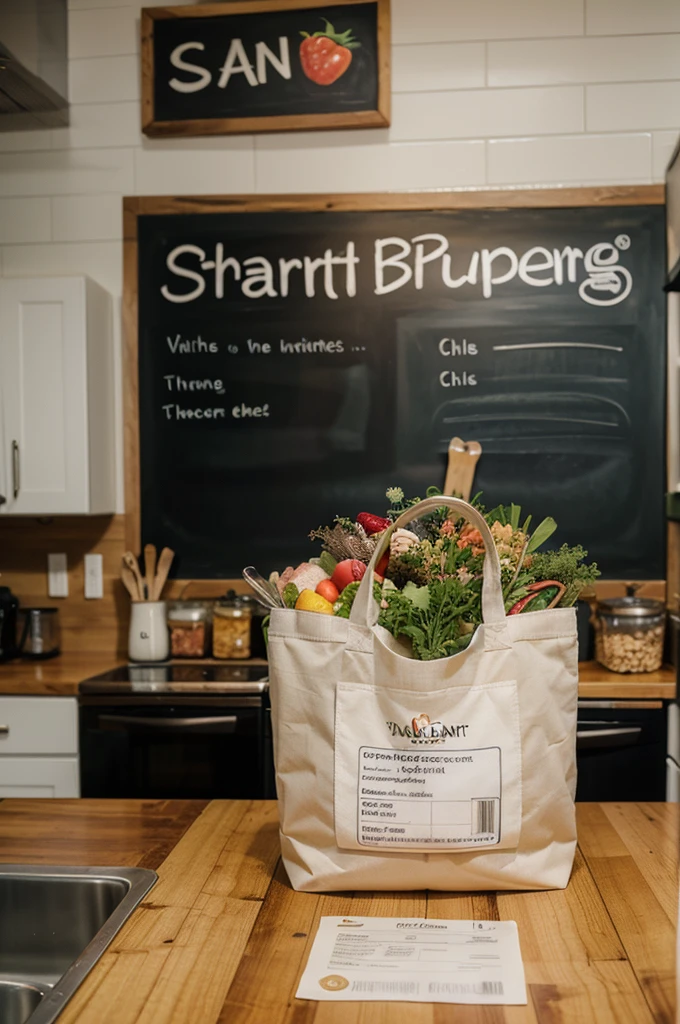
Not all grocery stores are created equal when it comes to budget-friendly grocery shopping. Big box retailers like Walmart, Aldi, and Lidl offer excellent prices on everyday items and often have exclusive bulk deals. These stores make smart grocery shopping tips easier to implement.
Farmer’s markets and ethnic stores are also goldmines for affordable produce, spices, and specialty items. Shopping at these locations allows for fresh, local food that fits even a low-income meal planning budget. Plus, you can often negotiate prices or buy in bundles for additional savings.
Consider using online delivery or curbside pickup for better control over your cart. You can compare prices and avoid impulse purchases, a key tactic in controlling your grocery bill.
Always compare store brand vs name brand groceries and look for generic alternatives to reduce your total bill. With a smart store choice, you’ll stretch your budget further and improve your budget grocery list by category.
9. How to Use Coupons and Store Deals Effectively
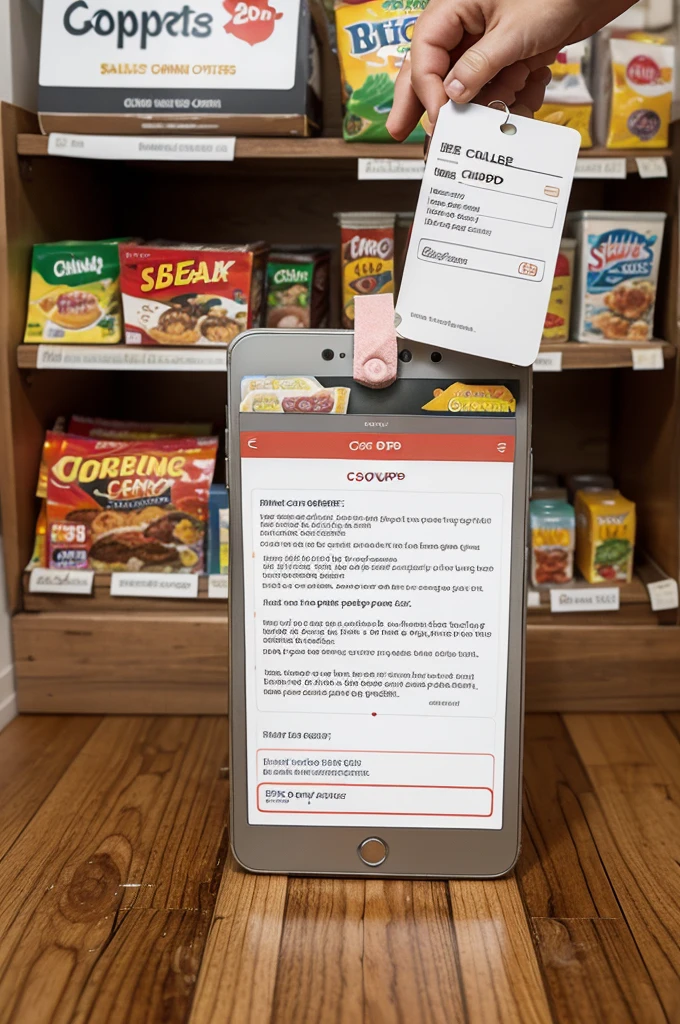
Coupons are a powerful tool in any grocery budget meal prep plan. Start by signing up for store loyalty programs and downloading apps that offer digital coupons and cashback deals. These small savings quickly add up and are essential for budget meals for large families.
Plan your meals around weekly flyers and digital promotions. If chicken or lentils are on sale, build your menu using those items. This flexible strategy supports smart fridge organization for budgeters and ensures you’re only buying what’s discounted.
Use coupon websites or browser extensions that automatically apply the best deals when shopping online. These tools are great for optimizing your student meal prep on a budget approach.
Lastly, track your coupon savings and apply that amount to future shopping trips. It’s a motivating way to stay consistent with your grocery savings tips routine.
Conclusion
Grocery budget meal prep is more than a financial strategy, it’s a lifestyle upgrade. It reduces stress, saves time, and helps you eat healthier without going over budget. From weekly planning and smart shopping to batch cooking and avoiding waste, this method offers full control over your kitchen and wallet.
By incorporating budget meal prep recipes, using pantry staples, and sticking to your weekly food budget meal prep, you can enjoy nutritious meals all week long. Whether you’re feeding a family, living solo, or working with a tight budget, the benefits of meal prep are universal.
Stick with the process, adjust as needed, and you’ll find that eating well and saving money are not mutually exclusive. With consistency, your grocery budget meal prep routine will become second nature and your health, wallet, and peace of mind will thank you for it.
FAQS
Q1. How much should I spend weekly on groceries for meal prep?
For most individuals, a grocery budget meal prep plan ranges from $30 to $60 per person per week. Your exact amount depends on your dietary needs, local prices, and cooking habits. Sticking to this range is achievable with bulk buying and smart planning.
Q2. What are the cheapest meals to prep in bulk?
Chili, rice and beans, vegetable stir-fry, lentil soups, and egg scrambles are among the best cheap meal prep meals. These meals use pantry staples, are easy to scale, and can be portioned out for the week.
Q3. Can I meal prep on a $50 grocery budget?
Yes! With proper planning, using a budget grocery list by category, and focusing on versatile ingredients, you can prep meals for an entire week under $50. Stick to cost-effective proteins and whole foods.
Q4. How do I reduce food waste during meal prep?
Inventory your pantry before shopping, freeze extra portions, and use leftovers in new dishes. This approach not only prevents waste but enhances your meal prep without wasting the food system.
Q5. What stores are best for budget grocery shopping?
Stores like Aldi, Walmart, and Lidl are ideal for budget-friendly grocery shopping. Farmer’s markets and discount grocers also offer excellent prices, especially for produce and staples.
